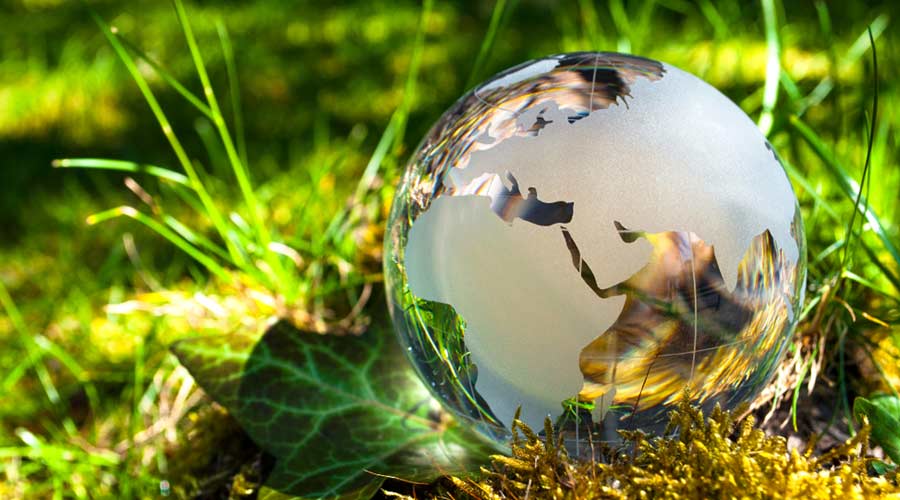
Even though it is easier than ever to go green, facility managers may still worry about the costs. The good news is not only do third-party certified products and equipment work as advertised, but they also cost about the same as standard options.
Some products and equipment may cost more up front but will save money down the line. Ashkin endorses investing in concentrated cleaning chemicals that are diluted in house to cut plastic waste and shipping costs. He also strongly recommends buying better products and equipment from the start.
“Don’t go to the dollar, discount, or closeout store. You will not be happy with the products and will end up spending more elsewhere, ultimately adding waste to the landfills,” he says. “Invest in equipment that is durable and repairable, which will provide better return on the investment.”
If the upfront costs are still too high, there are other ways to save money when buying products and equipment for a green cleaning program.
“Some school districts are turning to cooperative purchasing agreements,” says Porter. “They gain a lot of purchasing power by teaming up.”
There are also newer innovations constantly coming online. For example, technologies like on-site generation of cleaning products promise to become more common, and cheaper, over time.
“These can be big money savers in addition to their environmental benefits,” says Ashkin.
Pandemic Impact
COVID-19 brought the importance of cleaning for health to the forefront of everyone’s mind. And in the fog of a worldwide pandemic, people threw everything at the problem. “Everything” was not only too much, but it was also risky. Even the New York Times admitted contributing to the potentially dangerous disinfecting frenzy. Ashkin recalls seeing that response firsthand.
“I had clients that increased their cleaning schedule by a factor of five,” he recalls. “We know now that was unnecessary and unsustainable.”
With a calmer post-pandemic mindset, the global demand for green cleaning products is expected to grow. In 2022, the market was worth roughly $271 billion. With plenty of third-party certified green disinfectants and sanitizers to choose from, 2030’s market is projected to be worth around $431 billion, according to Zion Market Research.
How cleaning is done, however, may change drastically. Particularly when talking about office buildings. The pandemic may be over, but work-from-home protocols still linger. That means partially empty offices that don’t need daily cleaning. Savvy companies may install sensors that track usage so occupied spaces are cleaned as needed.
Asking untrained employees to take on some of the work, however, may be a bad idea.
“Don’t ask occupants to clean really dirty places like the break room themselves,” says Ashkin. “Thirty percent of people don’t wash their hands after using the toilet. Are you going to trust them to do a good job in the break room?”
Finally, for any cleaning program, green or not, to be successful, there needs to be a conversation about the importance of cleaning and the people who do it. Healthy Green Schools & Colleges’ Porter suggests, “recognizing the building as part of the curriculum. Nobody can be in these spaces without the facilities team, yet the reputation of that department does align with its importance. Well-cared for facilities makes occupants feel safe and supported.”
Ashkin adds, “Cleaning is a huge cost, second only to energy consumption. Cleaning should never be minimized. It affects occupants’ health and performance. Poor cleaning puts people at risk. Do it well, do it correctly, and be smart about it.”
Amy Milshtein is a freelancer based in Portland, Oregon. She is a frequent contributor to Facility Cleaning Decisions.
How to Have the Conversation About Sustainability

 The Down and Dirty on Cleaning in Virus Season
The Down and Dirty on Cleaning in Virus Season How Surfactant Use is Expanding in Commercial Cleaning
How Surfactant Use is Expanding in Commercial Cleaning